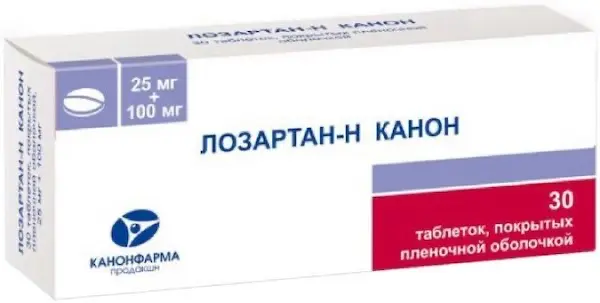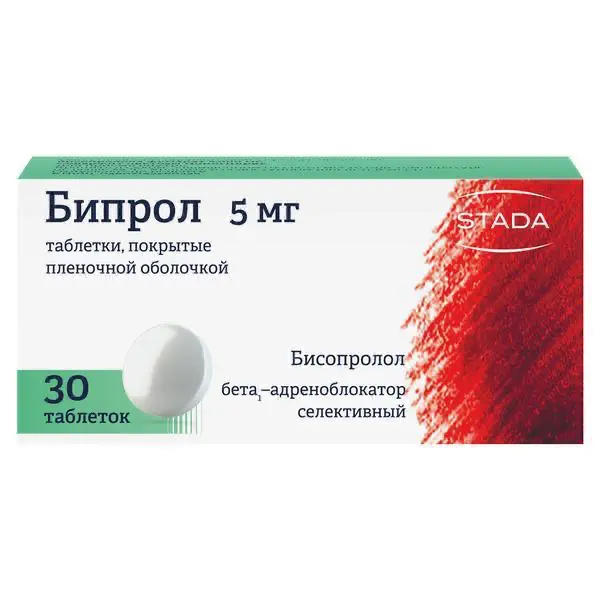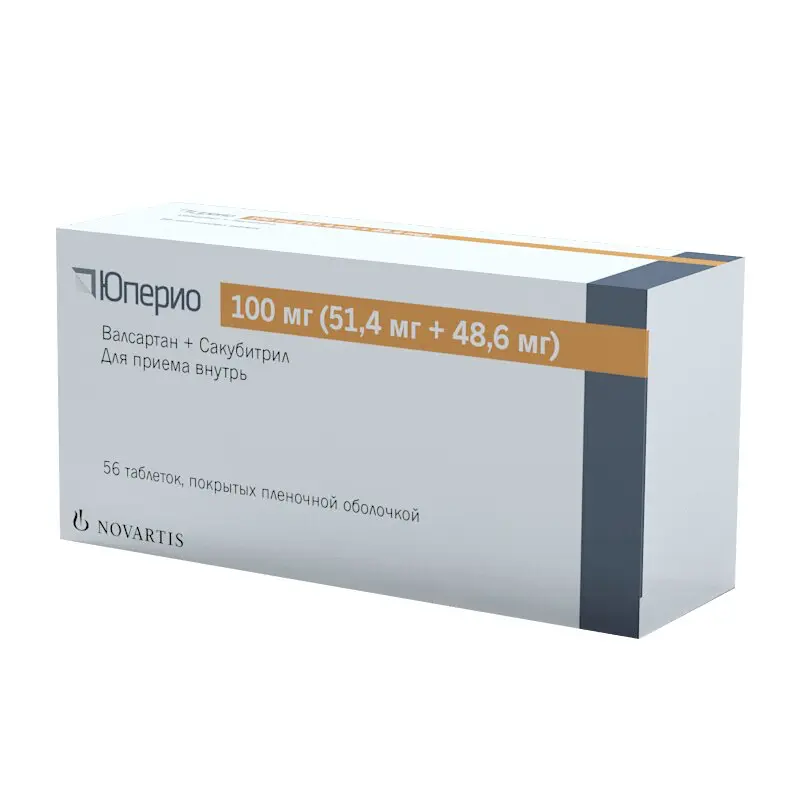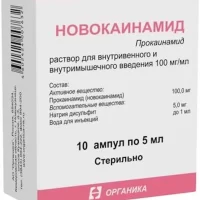Description
Losartan-N Pharmacodynamics
Losartan-H Canon is a combination drug with an antihypertensive effect.
Lozartan
Angiotensin II is a potent vasoconstrictor, the main active hormone of the renin-angiotensin-aldosterone system (RAAS), and a crucial pathophysiological link in the development of arterial hypertension. Losartan is a highly effective oral selective angiotensin II receptor antagonist (type AT1). Angiotensin II selectively binds to AT1 receptors located in many tissues (vascular smooth muscle tissues, adrenal, kidney and heart) and has several important biological functions, including vasoconstrictor function and aldosterone release. In addition, angiotensin II stimulates smooth muscle cell overgrowth. Losartan and its pharmacologically active metabolite (E-3174), both in vitro and in vivo, block all physiologic effects of angiotensin II, regardless of the source or synthesis pathway. Unlike some peptide angiotensin II receptor antagonists, losartan has no agonist effects. Losartan selectively binds to AT1 receptors and does not bind to or block receptors of other hormones and ion channels that play an important role in the regulation of cardiovascular function. In addition, losartan does not inhibit angiotensin-converting enzyme (ACE), which is responsible for bradykinin degradation. Consequently, effects not directly related to AT1-receptor blockade, including bradykinin-mediated effects and development of peripheral edema (losartan 1.7%, placebo 1.9%), are not relevant to the action of losartan. Reduces total peripheral vascular resistance (TPR), blood concentrations of norepinephrine and aldosterone, blood pressure (BP), pressure in the “small” circle of the circulation; reduces post-load, has a diuretic effect. Prevents the development of myocardial hypertrophy, increases exercise tolerance in patients with chronic heart failure (CHF). Oral administration of losartan increases plasma renin activity (PAR), which leads to an increase in plasma angiotensin II. After a single dose, the antihypertensive effect (decrease in systolic and diastolic BP) reaches a maximum after 6 hours, then gradually decreases within 24 hours. During treatment, antihypertensive activity and decreased blood plasma aldosterone concentration were manifested after 2 and 6 weeks of therapy, indicating effective blockade of angiotensin II receptors. However, after discontinuation of losartan, plasma renin activity and angiotensin II levels decreased after 3 days to baseline values observed before the start of the drug. Both losartan and its active metabolite have a higher affinity for AT1 receptors than AT2 receptors. The active metabolite is 10-40 times more active than losartan.
Hydrochlorothiazide
A thiazide diuretic whose diuretic effect is associated with impaired reabsorption of sodium, chloride, potassium, magnesium, water ions in the distal nephron; delays excretion of calcium and uric acid ions. It has antihypertensive properties; antihypertensive effect develops due to dilation of arterioles. It has practically no effect on normal blood pressure (BP). Diuretic effect occurs in 1-2 hours, reaches a maximum in 4 hours and lasts 6-12 hours. Antihypertensive effect occurs after 3-4 days, but it may take 3-4 weeks to achieve optimal therapeutic effect.
Indications
Arterial hypertension (patients who are indicated for combination therapy).
Reduction of cardiovascular risk and mortality in patients with arterial hypertension and left ventricular hypertrophy.
Contraindications
Hypersensitivity to the components of the drug and to other sulfonamide derivatives.
Arterial hypotension.
Anuria, severe renal function impairment (CKG less than 30 ml/min).
Hyperkalemia.
Refractory hypokalemia.
Dehydration (including against the background of high doses of diuretics).
Severe liver dysfunction (more than 9 points on the Child-Pugh scale).
Addison’s disease.
Concomitant use with aliskiren in patients with diabetes mellitus and patients with renal insufficiency (creatinine clearance less than 60 ml/min).
Pregnancy and lactation period.
Age under 18 years (efficacy and safety have not been established).
Dosage and administration
- Inside, regardless of meals. The tablets are swallowed without chewing, with water.
- Lozartan-N Canon may be combined with other hypotensive drugs.
- Arterial hypertension
- The initial and maintenance dose is 1 tablet of the drug Lozartan-N Canon (12.5/50 mg) once a day. In the absence of adequate therapeutic effect, the dose of Lozartan-N Canon is increased to 25/100 mg. The maximum antihypertensive effect is achieved within three weeks of therapy. The maximum daily dose is 1 tablet of Lozartan-N Canon (25/100 mg).
- In elderly patients and patients with moderate renal insufficiency (CK 30-50 ml/min), no adjustment of the initial dose is required.
- Reduced risk of cardiovascular morbidity and mortality in patients with arterial hypertension and left ventricular hypertrophy.
- The standard starting dose of losartan is 50 mg once daily. Patients who have not been able to achieve target BP levels on losartan 50 mg/day should select therapy by combining losartan with low-dose hydrochlorothiazide (12.5 mg) and, if necessary it is necessary to increase the dose of losartan to 100 mg in combination with hydrochlorothiazide at a dose of 12.5 mg/day, and further to increase to 100 mg of losartan and 25 mg of hydrochlorothiazide once daily (1 tablet of the drug Losartan-N Canon 25/100 mg).





